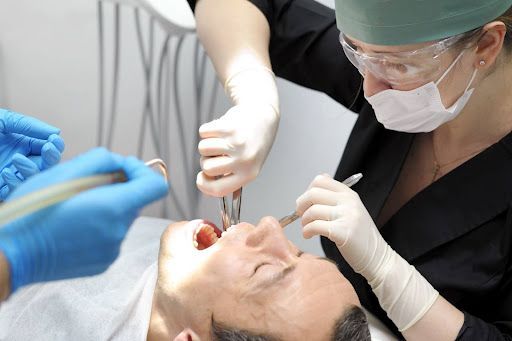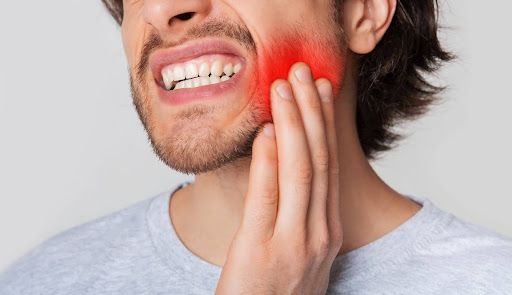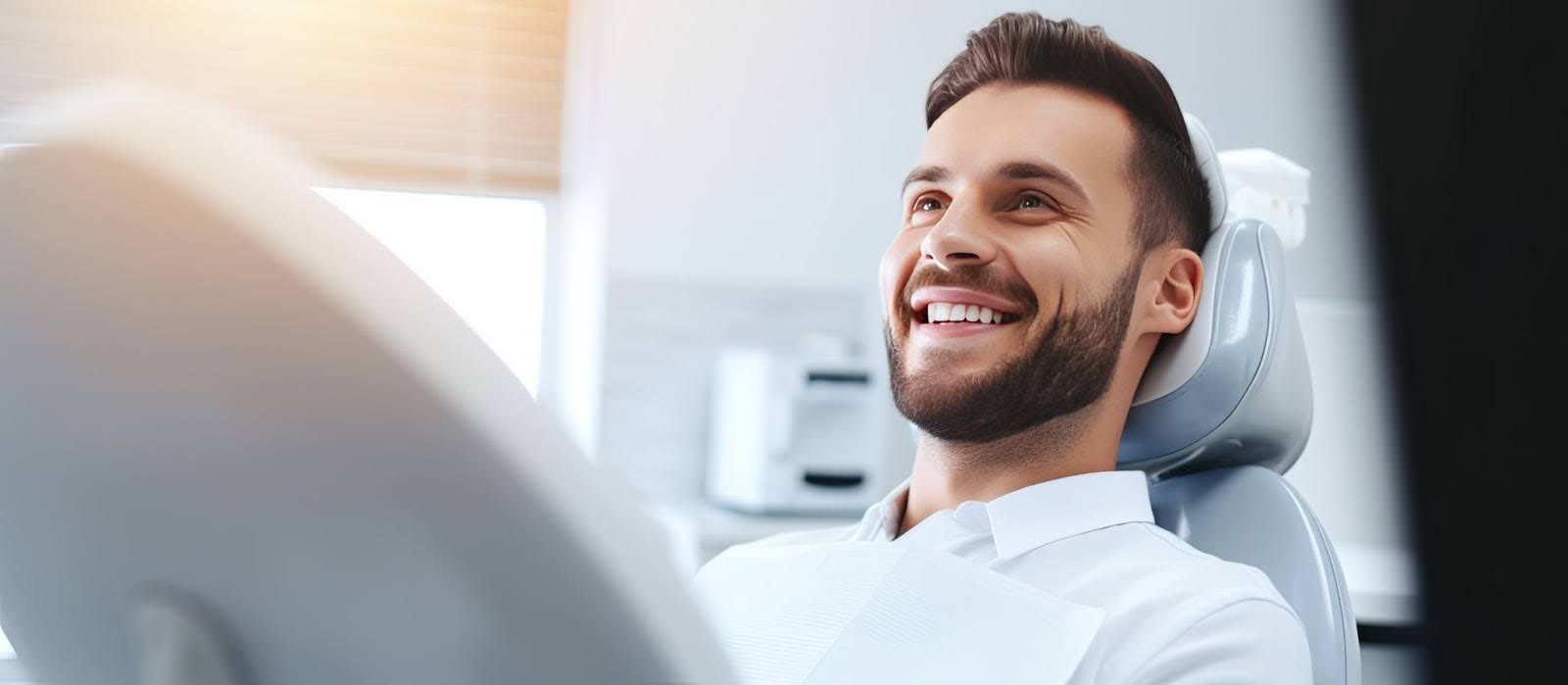How Sleep and TMJ/TMD Are Related
February 15, 2023
The Relationship Between Sleep and TMJ Pain Explained
Getting a good night’s sleep – approximately 7 to 8 hours for adults – is one of the keys to good health. Yet for millions of Americans suffering from the pain associated with TMJ/TMD, getting restful sleep can be a real challenge.
What is TMJ/TMD?
The letters TMJ stand for the temporomandibular joint that connects your jawbone to your skull, allowing your jaws to open and close. When the jaw muscles and joints making up this connection malfunction, this situation can lead to a chronic condition known as TMJ disorder, or simply TMD.
The pain associated with TMJ/TMD can make many of your daily activities quite painful. These include chewing, swallowing, and yawning. This pain can also make it difficult to get a good night’s sleep.
The Causes of TMJ/TMD
Determining the exact cause of TMJ/TMD can sometimes be difficult because it can be triggered by any number of things. These include trauma you may have suffered in the past or having an uneven bite. The misalignment of your neck and spine caused by the position in which you sleep can also be a contributing factor.
Still another possible cause is the condition known as bruxism – the habitual clenching of your jaws and grinding of your teeth that can occur during the day or while you are sleeping and totally unaware of the grinding that’s occurring..
Over time, the clenching and grinding associated with bruxism can damage both your teeth as well as any dental restorations you may have, leading to a misaligned bite.
If, because of a misaligned bite, your upper and lower teeth are not closing and coming together properly, the muscles in your jaw may move the temporomandibular joints out of their proper position to force your teeth to come together. The end result can be the pain to the face and jaws associated with TMJ/TMD.
Sleep Apnea – A Possible Complicating Factor
It’s estimated that approximately 22 million Americans suffer from sleep apnea. Briefly explained, this is a disorder that causes repeated interruptions in breathing from an obstruction in the upper airway, often caused by the collapse of the soft tissues at the back of the mouth.
Can sleep apnea cause facial pain? That certainly seems to be the case. According to recent research, about 43% of those with TMJ/TMD have sleep-related issues.
Basically, when the airway collapses, the automatic response of the body is to push the jaw forward. And this constant back and forth motion can cause tension and stress on the jaw joints and pain.
Help is Available at Stephens Dentistry
The symptoms of bruxism and TMJ/TMD are very similar and include:
- Pain or tenderness in the jaw or face
- Frequent neck pain.
- Frequent and severe headaches.
- Pain in and around the ears.
- Difficulty opening and closing your mouth.
If you’re suffering these symptoms, bruxism could well be the root cause, and at Stephens Dentistry we can provide the help you need.
To provide relief from bruxism and protection for your teeth, our doctors recommend a custom-designed NTI device.
NTI (nociceptive trigeminal inhibitor) is a type of mouth guard that prevents the clenching action associated with bruxism. No clenching, in turn, means not just less grinding of your teeth, but less tension on your jaws, less pain, and a more restful night’s sleep.
If you’re constantly suffering from the symptoms we have described, we urge you to schedule an appointment with us at Stephens Dentistry. Our dentists will be glad to explain the benefits of a custom-designed NTI device and help you determine if this is the right treatment option for you.
The post How Sleep and TMJ/TMD Are Related appeared first on Stephens Dentistry.







